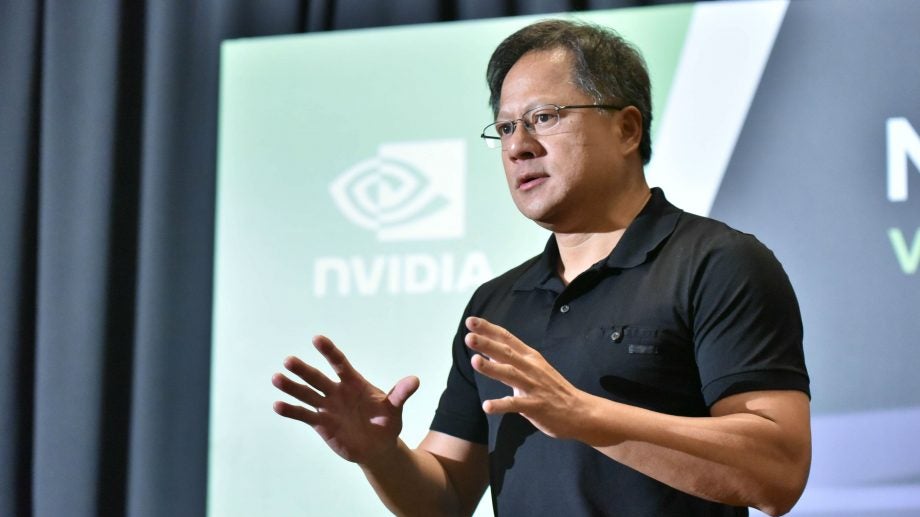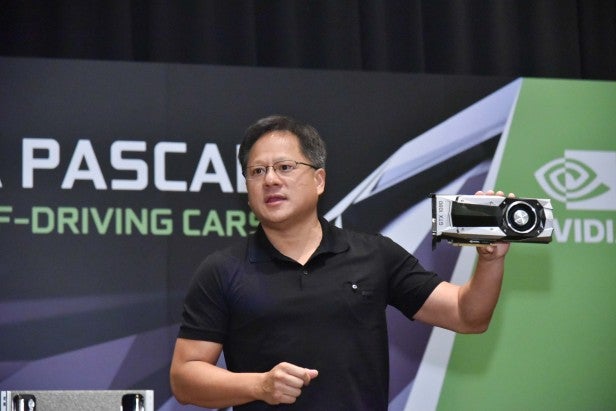Nvidia CEO: problems with VR 20 years from being solved

Nvidia’s CEO reckons the challenges holding VR back aren’t going to be solved for 20 years, delivering a surprising dose of realism to a VR industry creaking under the weight of hype.
Speaking at Nvidia’s press conference on the eve of Computex, Jen-Hsun Huang made a depressing list of shortcomings in VR that have to be solved before, in his eyes, the platform is delivering proper realism.
“Oh my gosh, we’re missing so much,” he said. “First of all, VR displays are a little too cumbersome. It has to be much more elegant, being connected by a wire has to be solved. The resolution has to be a lot higher. The physical worlds do not behave according to the laws of physics. The environment you’re in isn’t beautiful enough. We’re going to be solving this problem for the next 20 years.”
He added: “Having 20 years for employment is a good thing.”
His comments won’t surprise many people who’ve used VR so far, but what’s interesting is how little interest in actually solving this side of the problem the CEO expressed.
Related: Oculus Rift review
A problem without an Nvidia solution
When asked about what sort of efforts Nvidia could make about solving these sorts of problems themselves, Huang batted the question off, merely talking about the company’s many hundreds of side projects that eventually get kicked into the weeds.
“As a company we experiment a lot,” he said. “We have hundreds of projects in the company… most of them get thrown away.”
Related: HTC Vive review
 The Nvidia GeForce GTX 1080 wielded by Nvidia CEO Jen-Hsun Huang at Computex 2016
The Nvidia GeForce GTX 1080 wielded by Nvidia CEO Jen-Hsun Huang at Computex 2016
From this perhaps we can learn that Nvidia is working to solve these problems but hasn’t come up with a satisfactory result, or more that it just isn’t the sort of company that solves VR hardware problems.
To an extent this makes sense: Nvidia has grown beyond a manufacturer of gaming GPUs; the only reason the new GeForce GTX 1080 exists is because of Pascal, a technology that Nvidia is far more keen to push as a supercomputing and AI powerhouse than it is as a gaming platform.
Throughout the press conference, Huang reiterated time and time again that Nvidia’s target customers are those with ‘impossible’ computing tasks. He also made very clear the company is no longer interested in mobile devices, unless that mobile device is a self-driving car.
This is a new line of Nvidia branding that hasn’t been seen much until this year and shows how far the company has come in terms of technology and branding.
Watch: HTC Vive vs Oculus Rift – which is best?
Nvidia will provide the brains to power the developers and gamers who use VR, but the more fundamental problems of VR, such as its tethered experience, would appear to be in the hands of the headset makers themselves.
Better save up for a backpack PC.


